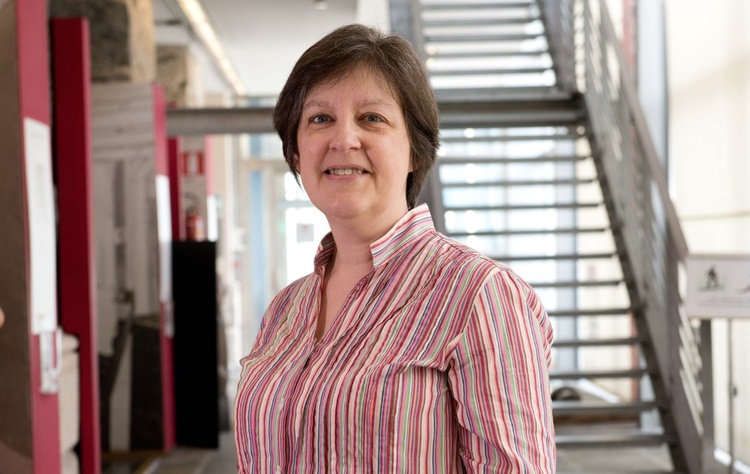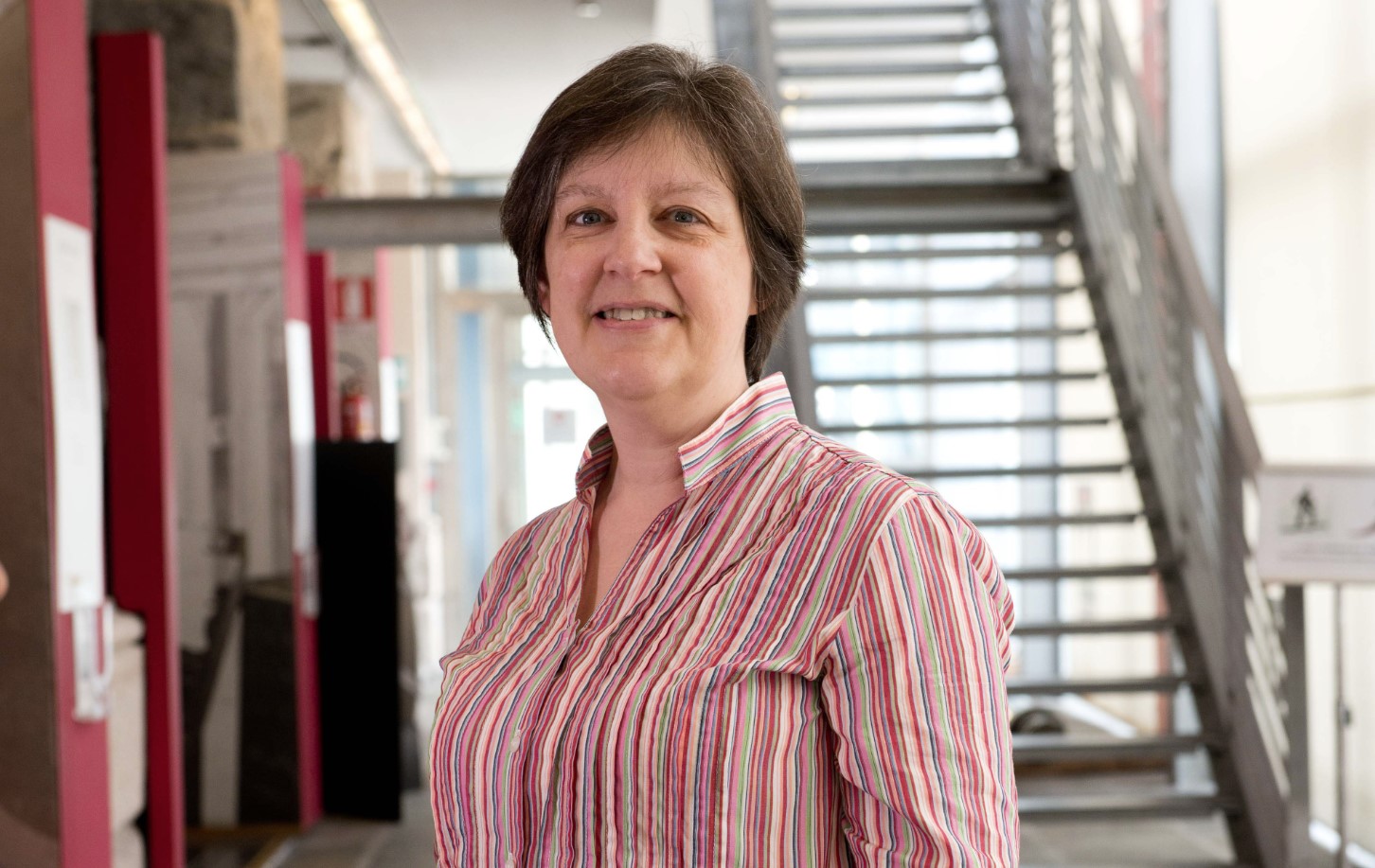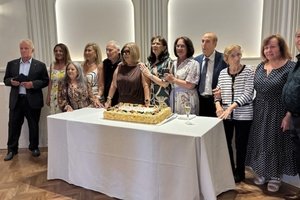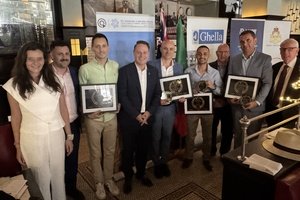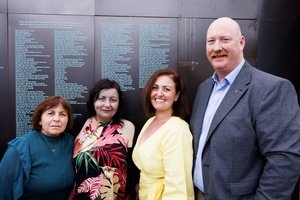Italian immigration to Australia, particularly to Melbourne, dates back to the nineteenth century.
Many Italians emigrated in search of economic opportunities and a better life, driven by difficult economic and social conditions, especially in Italy’s south.
Between 1920 and 1970, a second ‘wave’ of Italian immigrants arrived in Australia, many of whom settled in Melbourne. This wave significantly contributed to the city’s development, especially in sectors such as construction, manufacturing and hospitality.
Today, Melbourne is home to one of the largest and most vibrant Italian communities in Australia, with a rich cultural heritage that continues to thrive through festivals, restaurants and a diverse range of associations.
This community has been extensively studied by Nicla Buonasorte, a historian and museum curator known for her work on Italian migration.
Born and raised in Italy, Buonasorte pursued an academic path that led her to earn a degree in Political Science, a PhD in Social and Religious History and a Diploma in Archival Science, Latin Paleography and Diplomacy from the State Archives of Genoa.
Buonasorte is currently a curator at the MEI - National Museum of Italian Emigration, located in the medieval Commenda di San Giovanni di Pré in Genoa.
The museum, which opened in 2022, tells the stories of Italian emigrants from Italian Unification to the present day. It makes use of multimedia installations, historical documents, photographs, letters and diaries.
“It’s a very young, interactive museum where people can directly engage with Italian migration stories,” explains Buonasorte, one of the driving forces behind this project.
The project is a result of extensive research and collaboration with numerous museums, archives, and international organisations.
In addition to her museum work, Buonasorte has written over 60 academic publications. Among her notable works are Between Rome and Lefebvre: Italian Catholic Traditionalism and the Second Vatican Council (2003) and Herald of the Gospel: Studies on the Episcopate and the Archive of Giacomo Lercaro in Bologna, 1952-1968 (2004).
These studies delve into key aspects of Italian religious and social history, with a focus on traditionalist movements and prominent figures in the Catholic Church during the twentieth century.
Buonasorte is also a regular collaborator with universities, archives and cultural organisations, contributing her expertise to various research projects and educational initiatives.
Her work not only preserves the memory of Italian emigration for historical records - it also promotes a greater understanding of the social and cultural dynamics that have shaped Italy and Italian communities abroad.
“The recent migration history of Italy began in the nineteenth century when Italians moved to South America, the United States, Canada and, of course, Australia,” she explained.
“The motivations were mainly to secure a better future for their children and to find work.
“But there were also often religious and political reasons, or even love [may have been] involved.
“Some also migrated to Africa, particularly for job opportunities. Italians continue to emigrate even today, not only in Europe but here too.”
Buonasorte has come to Australia as part of a cultural exchange with Co.As.It. This exchange has seen Carmelina Calabro from Co.As.It. head to Genoa.
The exchange will contribute - in both directions - to rediscovering, updating and writing the detailed history of our compatriots who gave so much to later generations.
“I hope I never stop receiving new contributions that expand this research [from people] contacting us,” Buonasorte said.
Buonasorte encourages anyone who wants to share their story or that of their family to contact Co.As.It. or her directly via email at segreteria@museomei.it.
“I grew up in Genoa, a much smaller city than Melbourne, but rich in history, a city founded by the Romans,” she shared.
“After my studies, I worked at the Genoa Municipal Museum and have always been passionate about history, and that has accompanied me throughout my life.”
That passion still guides her now through this cultural exchange aimed at bringing to light stories that would otherwise succumb to oblivion.
These stories are still so relevant for the many Italians who continue leave their loved ones as they embark on their own journey, often finding both opportunities and loneliness.
Buonasorte says that every migrant’s life is invaluable. “People who migrate to a new country are the building blocks that form the solid foundations of all future generations,” she said.
“This project aims to gather these testimonies and create a sense of empathy toward [these migrants] and their stories. Whether [these stories are] of success or struggle, of fragile or strong personalities amidst racism [and] segregation, [we] never hiding anything, but rather shine a new light of dignity on them.
“Every descendant of these people carries a piece of that identity that goes beyond regions and colours.
“Stories are not just numbers. Each individual story has its identity, and we give dignity to all stories, unique in their own way.
“For example, the story of the grandfather who, after retiring in Italy, decided to move to his granddaughter in Australia for a new chapter in his life.”
Buonasorte’s first impression of Australia has been positive. “I love Australia’s inclusivity and open-mindedness, which greatly respects cultural differences. In Italy, unfortunately, there are still occasional instances of racist attitudes and a lack of openness.”
For information on the many migration stories in Australia and beyond, click here.

